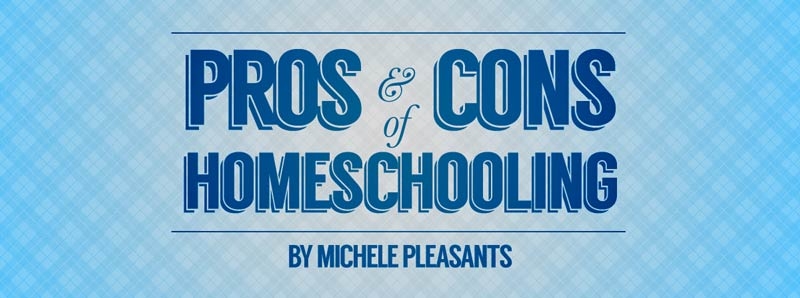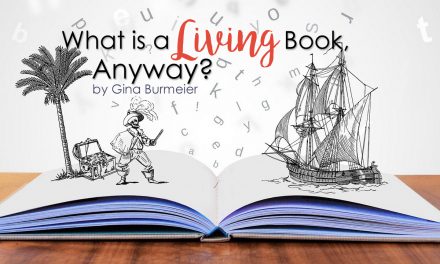Classical education is often viewed as dull, difficult, and dizzying. The impression is that you need to have your kids reading Latin by age seven while diagramming the same sentence in Greek while simultaneously reading The Illiad.
It’s not really that.
We chose classical education fourteen years ago, but I lost sight of why awhile back and just recently realized that. I wondered if there are many other homeschooling moms out there who either have forgotten what classical education is all about or some who have always misunderstood it.
I thought I’d do a little ‘splaining. See if you notice anything you pegged wrong.
The Big Picture
Classical education’s two primary goals are training a student how to be a good thinker and then teaching that student to explain and defend his opinions and decisions. In the Christian classical education home, this means that a student should be able to defend their faith by the time they are young adults.
Those are the most important aspects of classical education.
Does this surprise you? Well, it did surprise me when I heard Susan Wise Bauer say it in the session at the THSC Conference titled The Joy of Classical Education (click here for her free outline). It shouldn’t have, though, because I knew this years ago and Paul and I decided those were our two main goals for the academic aspect of our home.
I got bogged down in the minutia though. You know, the subjects, the curriculum choosing, the books, the daily schedule… everything.
Honestly, the brush strokes that make up the classical education picture are pretty stinkin’ daunting and when you have more than two students in your homeschool (at least for me… adding the third was a doozy), there are a lot of brush strokes. More on that in a minute.
The Frame of the Picture
The method of the classical education philosophy is tried and true. Seriously. Thousands of years proves that.
Something tried and true within the overwhelming array of choices as far as educational philosophies and methods was very appealing to me when starting out (and it still is!).
There are important parts of the tried and true that made complete sense to us. I immediately and especially appreciated a method that recognized stages of development in a child’s life and tasks to focus on that were appropriate for that stage. Making the most of each stage appealed to me.
Honestly, though, it was one of the things I had started doing wrong because I lost sight of the big picture. Turns out that if you forget the big picture, you can do the little parts of it wrong. That makes sense, though, right? Kinda like if you forget what the final entree is supposed to be like, you could add wrong ingredients without catching on until you take a bite.
Here are the very basics of the basics:
The trivium: grammar, logic, and rhetoric stages. These stages build on one another. First, input of information (grammar), next development of evaluation skills (logic) , finally choosing and defending a stance (rhetoric).
Language full: lots and lots of language, mostly through well written books, throughout all of a child’s education
Real books (living books & original sources): these are books that are written by someone very familiar with the topic; well written materials with relevance
Memorizing: self explanatory, no?
Repeated history cycles: a four year cycle where history is broken into segments, studied again and again (typically 2-3 times from K-12) at different depths (since in the grammar stage, it’s mostly facts and not until the rhetoric stage that evaluation of the events/people takes place)
The Brushstrokes within the Big Picture
So… before I talk about the brush strokes within the picture, I want you to remember what’s most important, ok? (becoming a good thinker and growing in communication abilities to defend themselves in all areas) When too many brush strokes enter the canvas, you can lose the big picture.
The brush strokes are the subjects: math, grammar, literature, science, spelling, history, and languages. This where most people get lost. They lose sight and allow others (books, magazines, people, blogs, etc) to become stumbling blocks: causing them to feel like they have to keep piling it on … “more is better!”
This can be very overwhelming for a homeschooling mom.
Here are two things I’ve just recently learned, though:
- Stick to the plan that is appropriate for the stages.
- More is not better.
Keeping things simpler (there is a difference between challenging and over doing) makes it easier to learn. And to teach.
Yes, teach the major subjects. Yes, enjoy many good books. Yes, cycle through history. BUT do it in a way, with a curriculum and a plan, that allows you to keep your focus right… so the big picture is achieved.
That is still just as much a classical education as one that starts Greek at age seven.
Classical education is not just for brainiacs. It’s for those who want to cultivate a strong and logical thinker!





